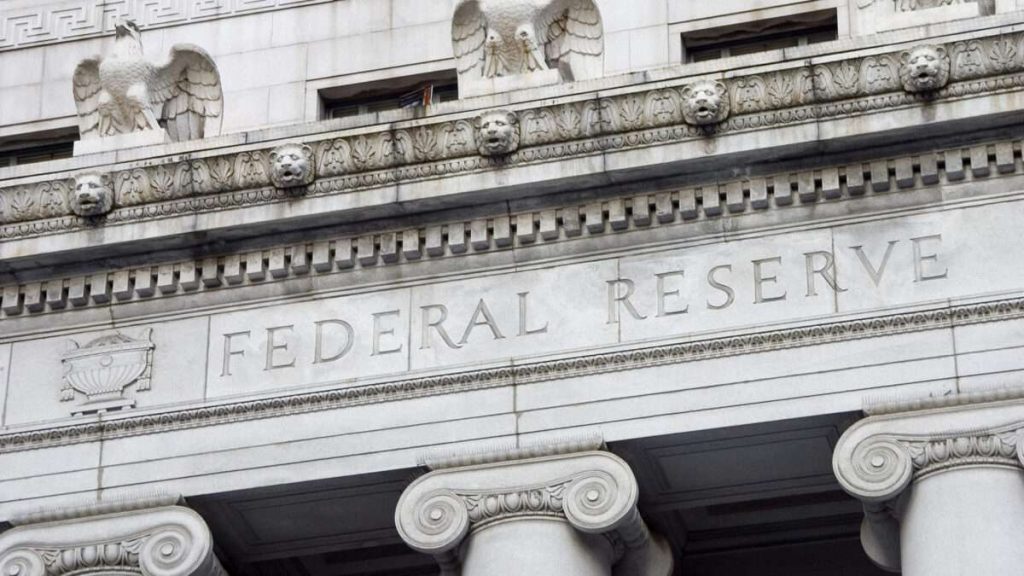President Donald Trump is reportedly considering firing Federal Reserve Chairman Jerome Powell for refusing to cut interest rates—a move Trump believes is necessary to boost construction, consumption, and job creation. But with lingering pandemic-era inflation and uncertainty over tariffs, Powell and the Fed fear that more cuts would only fuel inflation.
Even if Powell—or a Trump-appointed successor—wanted to lower rates, the market might not allow it. The U.S. borrows too much, and the bond market is getting picky.
Interest rates remain elevated by recent historical standards. The Federal Funds Rate, the short-term rate set by the Fed, is currently 4.25 percent to 4.50 percent, while the 10-year Treasury yield hovers around 4.31 percent.
Higher interest rates affect everything. First, they make servicing the debt more expensive. According to the Congressional Budget Office (CBO), interest on the federal debt is one of the fastest-growing budget items—equivalent to 3.1 percent of gross domestic product in 2024 (more than Medicaid) and projected to rise to 5.4 percent of GDP by 2055, when its cost will be second only to Social Security. The more the government spends on interest, the less it has for everything else—and the more pressure there is to raise taxes.
Second, Treasury yields set the floor for all other interest rates, such as mortgages, car loans, and business loans. If the federal government pays 4 percent to borrow money for one year, no one will lend to a private borrower for less. It’s not personal—the U.S. government has a military and the authority to tax. You don’t.
Simply cutting rates risks more than short-term inflation. It could undermine demand for the trillions in bonds the government needs to sell, given that the national debt is projected to double over the next decade. According to the CBO, the federal government will need to issue $24.5 trillion in new debt, bringing the total to $50.7 trillion by 2034. If Trump enacts 2017-like tax cuts, this estimate increases by an additional $4.7 trillion over the next 10 years.
Who could lend us that much money? Only 31 percent of U.S. public debt is foreign owned. The rest is held by the Federal Reserve (27 percent), mutual funds (19 percent), banks, pensions, insurance firms, and state and local governments. Foreign governments are buying less than they used to. The Fed, historically the largest single buyer, has limited room to absorb more issuance without stoking inflation. Banks remain reliable buyers but are expected to face stricter capital requirements. That leaves yield-sensitive investors to close the gap.
Three factors determine U.S. government bond interest rates: inflation, credit risk, and supply and demand dynamics.
Inflation is perhaps the most important—and the most unpredictable. Investors demand higher returns if they expect inflation to erode real gains.
Credit risk (the risk of default) has traditionally been low, but ballooning debt and tariff uncertainty are making investors warier.
And supply and demand are becoming more influential. The debt is growing faster than the global economy. To absorb all the new bonds, investors will need to allocate more of their portfolios to Treasurys. But with Treasurys competing against stocks and real estate for capital, attracting buyers may require even higher yields. The market for “safe” assets has limits—you have to pay more to push past them.
High rates increasingly look like the new normal. The CBO assumes in its projections that rates will remain in the “high” range of 3.5 percent to 4 percent for the coming decades, citing “upward pressure from growing federal debt and downward pressure from slower growth of the labor force.” Tariffs, by creating inflation, and tax cuts, by increasing the deficit and the need to issue debt, will only worsen this trend.
The national debt could push interest rates higher across the board: As Treasury yields climb to attract buyers, mortgage, business loan, and municipal bond rates must follow. Raising capital becomes harder, and the economy slows.
The national debt also limits the Fed’s room to maneuver. To lower interest rates beyond market levels, the Fed could step in to buy up the debt—but that would fuel inflation and drive yields right back up.
So even if Powell—or a future Fed chair—wants to cut rates significantly, he may be constrained by the Treasury’s massive financing needs. Selling $25 trillion in debt over the next decade may require keeping interest rates higher than the Fed—or the economy—would prefer.
Read full commentary here.
The post Trump Wants Lower Interest Rates. The Market Disagrees. appeared first on Reason.com.






